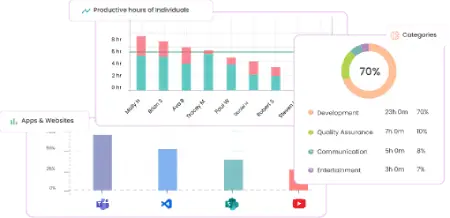Powerful & Popular
Project Management
Install, Observe, Enhance - Simple Success Strategy
- Goal Management
- Bug Tracking
- Project Dashboards
- Task Management
- Calendar View
- Sprint Management
- Resource Allocation
- Board Management
- Keystroke Tracking

Thank you! We have just sent you an OTP. Please confirm.
If you want to change your email, please click here


Get Organized in Your Own Way
Use these features to restrict data access, organize teams, and make the most of Time Champ.
Manager Login
Enable managers to access exclusively their teams’ data, assess performance, and modify productivity labels.
Employee Login
Empower your employees with the ability to access their own data, fostering transparency and accountability.
API
Seamlessly connect any software your team utilizes, whether internal or external, with the Time Champ Rest API.
Raw Data
Obtain precise, real-time information on your employees’ computer activities, down to the second.
Alerts
Get alerts based on productivity levels, or unwanted activities.Stay informed about your productivity levels or track any undesired activities with real-time alerts.
Employers
Automated reports from top employee monitoring system solve quantification, analysis issues, reduce costs by 40%.
How Time Champ Works in Different Teams
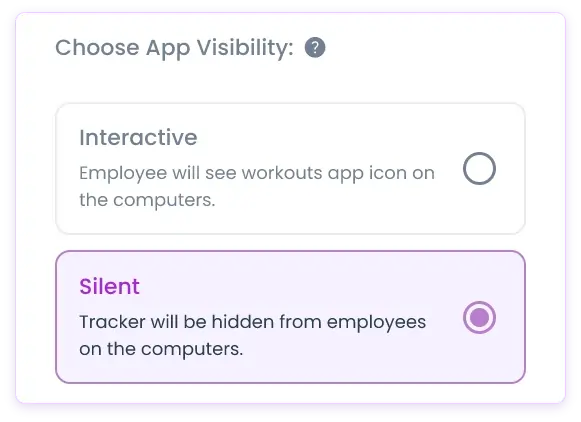
Introducing Company Computers
This choice is perfect for office teams utilizing computers provided by the company.Time Champ kicks off automatically as soon as the computer is turned on, granting you the flexibility to decide whether you want it to monitor your employees continuously, during specific hours, or only when the computers are connected to a designated network.
Interactive Mode
Silent Mode
Personal Computers
The option of personal computers is better suited for remote teams, as it offers employees greater control over tracking. With the clock in/out buttons, workers have the autonomy to determine when Time Champ tracks their time and activities.
Take break
Finish the day
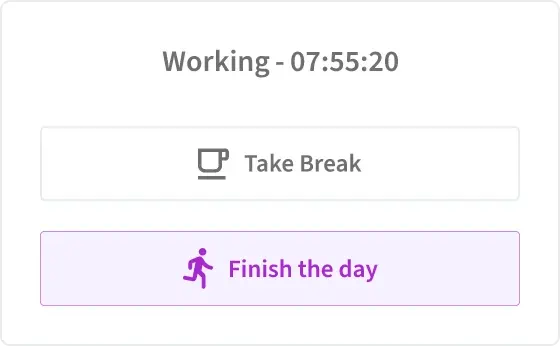
Use cases
Product Development
Companies developing a new product can happily use Time Champ, make their work more superficial, and reach their goal faster. Assign the product tasks equally to the employees to reduce the burden on others.
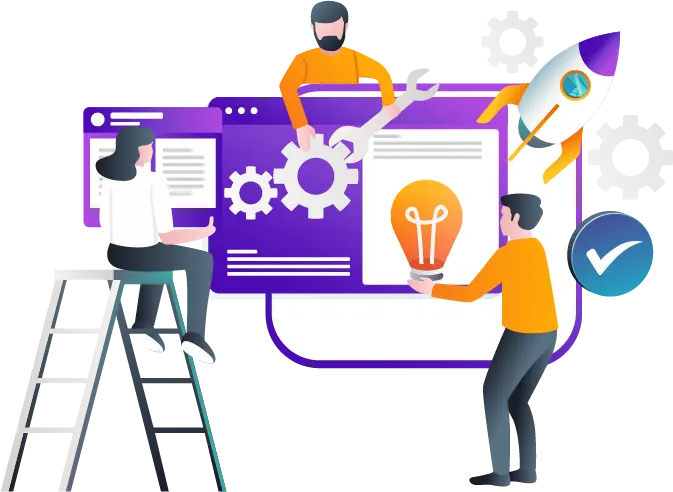
Research Projects
Handling the research initiatives with Time Champ is now easier and includes analysis, data collection, and reporting to ensure all the employees stay on the same path.
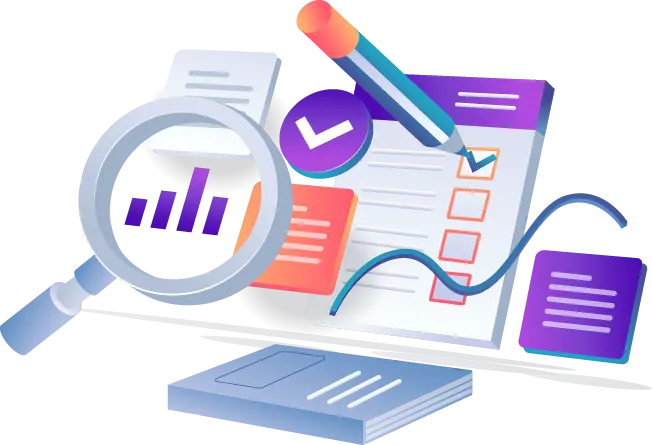
Marketing Campaigns
Creating, organizing, and executing market campaigns, assigning tasks, tracking progress, and adjusting strategies can help meet the company’s marketing goals and run successfully without any disturbance.

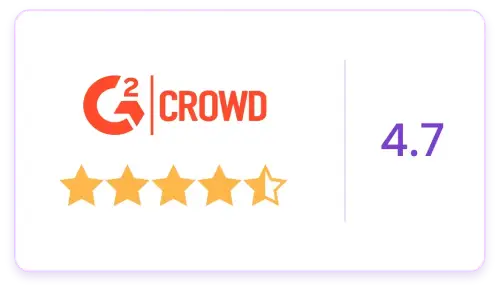
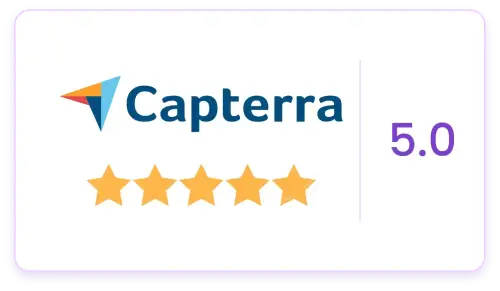
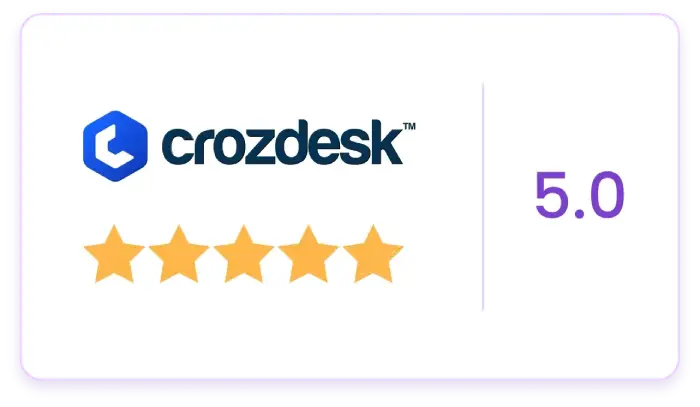
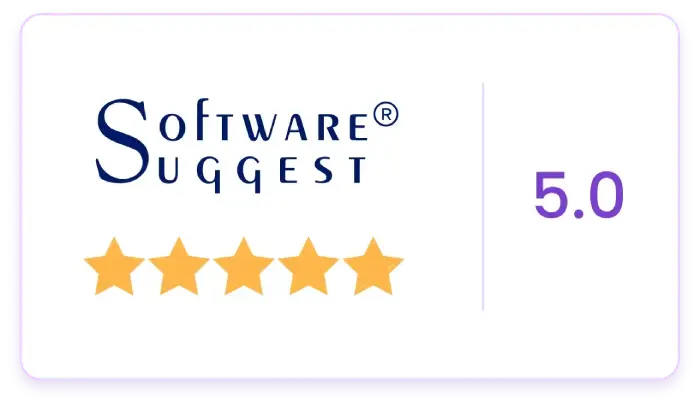
Ready to Assume Complete Authority over Your Workplace?
Cloud Solution
Effortless setup in minutes for teams. No IT help needed. Securely store data on Google Cloud’s advanced infrastructure with top-notch security protocols.
Own Your Data with our On-Premises Solution
Take control of your data with our On-Premises Solution. Ideal for teams needing full control, this custom option requires technical expertise and IT team collaboration. Safely store data on your own servers, ensuring protection and peace of mind.
Mastering the Art of Project Management: A Roadmap to Success
Project management software offers a comprehensive roadmap that unravels the intricate web of project management, breaking it down into manageable, actionable steps. From defining project objectives to ensuring quality delivery, it equips readers with the knowledge and tools needed to navigate the complex terrain of project management effectively.
Guide Topics
Introduction
In a world driven by innovation and change, effective project management has become the cornerstone of success for organizations across industries. Whether you’re launching a new product, implementing a company-wide software upgrade, or constructing a towering skyscraper, project management is the guiding force that ensures goals are met, resources are optimized, and chaos is kept at bay. Join us as we delve into the fascinating world of project management, exploring its principles, tools, and profound impact on modern businesses.
Understanding Project Management
Project management is the discipline of planning, organizing, and controlling resources and tasks to achieve a specific goal within a defined timeframe and budget. This goal could be anything from creating a cutting-edge mobile app to orchestrating a political campaign. Project management provides a structured framework to transform ideas and objectives into tangible results.
The Pillars of Project Management
- Initiation
The journey begins here. Project managers define the project’s scope, objectives, stakeholders, and feasibility. This stage sets the project’s direction and aligns it with the organization’s strategic goals.
- Planning
Imagine constructing a house without blueprints – it would be chaos. In project management, planning involves breaking the project into manageable tasks, estimating resources, setting timelines, and creating a roadmap. This phase ensures everyone knows their role and what’s expected.
- Execution
With plans in hand, it’s time to roll up the sleeves and get to work. Project managers coordinate resources, monitor progress, and address issues as they arise. Effective communication is vital, ensuring everyone is on the same page.
- Monitoring and Controlling
Projects rarely unfold without hiccups. This phase involves keeping a close eye on progress and performance. Project managers take corrective actions if deviations occur to keep the project on track.
- Closure
The final stretch involves handing over deliverables, evaluating the project’s success, and conducting a post-project review. Lessons learned are documented to improve future endeavors.
Tools of the Trade
Project management relies on an arsenal of tools and techniques. Some popular ones include:
Time Champ: Tracking employees’ activity and their working hours with accurate reports.
Kanban Boards: Agile project management boards for visualizing workflow.
Project Management Software: Tools like Microsoft Project, Trello, and Asana streamline planning and collaboration.
Risk Assessment Matrices: Identifying and managing potential project risks.
Communication Plans: Ensuring effective communication among team members and stakeholders.
The People Factor
While methodologies and tools are essential, the human element is pivotal in project management. A skilled project manager is a true maestro, orchestrating teams, managing conflicts, and inspiring individuals to perform at their best.
The Benefits of Effective Project Management
Efficiency: Projects stay on track, resources are utilized optimally, and deadlines are met.
Cost Control: Preventing budget overruns and ensuring financial stability.
Quality Assurance: Delivering high-quality outcomes that meet or exceed expectations.
Risk Mitigation: Identifying and managing risks to avoid project derailment.
Stakeholder Satisfaction: Keeping clients, team members, and other stakeholders happy.
Pros & Cons
Pros :
Improved Efficiency: Project management methodologies and tools help streamline workflows, allocate resources efficiently, and reduce wasted time and effort.
Practical Planning: Project management forces teams to thoroughly plan and define project objectives, scope, and timelines, ensuring everyone is on the same page.
Resource Optimization: It enables better resource allocation, preventing overloading or underutilizing team members and materials.
Risk Mitigation: Project managers identify and manage potential risks early, reducing the likelihood of project disruptions.
Quality Assurance: Project management ensures that the final product or service meets or exceeds expectations by setting and monitoring quality standards.
Client Satisfaction: Clients appreciate clear communication, meeting deadlines, and staying within budget, leading to increased satisfaction and potential for future collaborations.
Clear Accountability: Project management assigns roles and responsibilities, making holding team members accountable for their contributions easier.
Cons :
Overhead Costs: Implementing project management processes and tools can incur additional costs, especially for smaller projects or organizations.
Time-Consuming: Extensive planning and documentation can be time-consuming, potentially delaying project initiation.
Rigidity: Some project management methodologies can be overly structured, making it challenging to adapt to changing circumstances.
Resistance to Change: Team members may only accept project management practices if they disrupt established workflows or require additional reporting.
Complexity: Managing large or complex projects can become overwhelming, requiring experienced project managers and additional resources.
Risk of Micromanagement: Overzealous project managers may inadvertently stifle creativity and initiative by micromanaging team members.
Scope Creep: Without vigilant scope management, projects can expand beyond their original objectives, increasing costs and timelines.
Conclusion
In the fast-paced, ever-evolving business world, project management is the compass that guides organizations to success. It transforms dreams and ideas into reality, bringing order to chaos and delivering tangible results. As you explore the vast landscape of project management, you’ll discover that it’s not just a business practice; it’s an art form that turns visions into achievements. So, whether you’re a seasoned project manager or just beginning your journey, embrace the world of project management and watch your projects soar to new heights.











